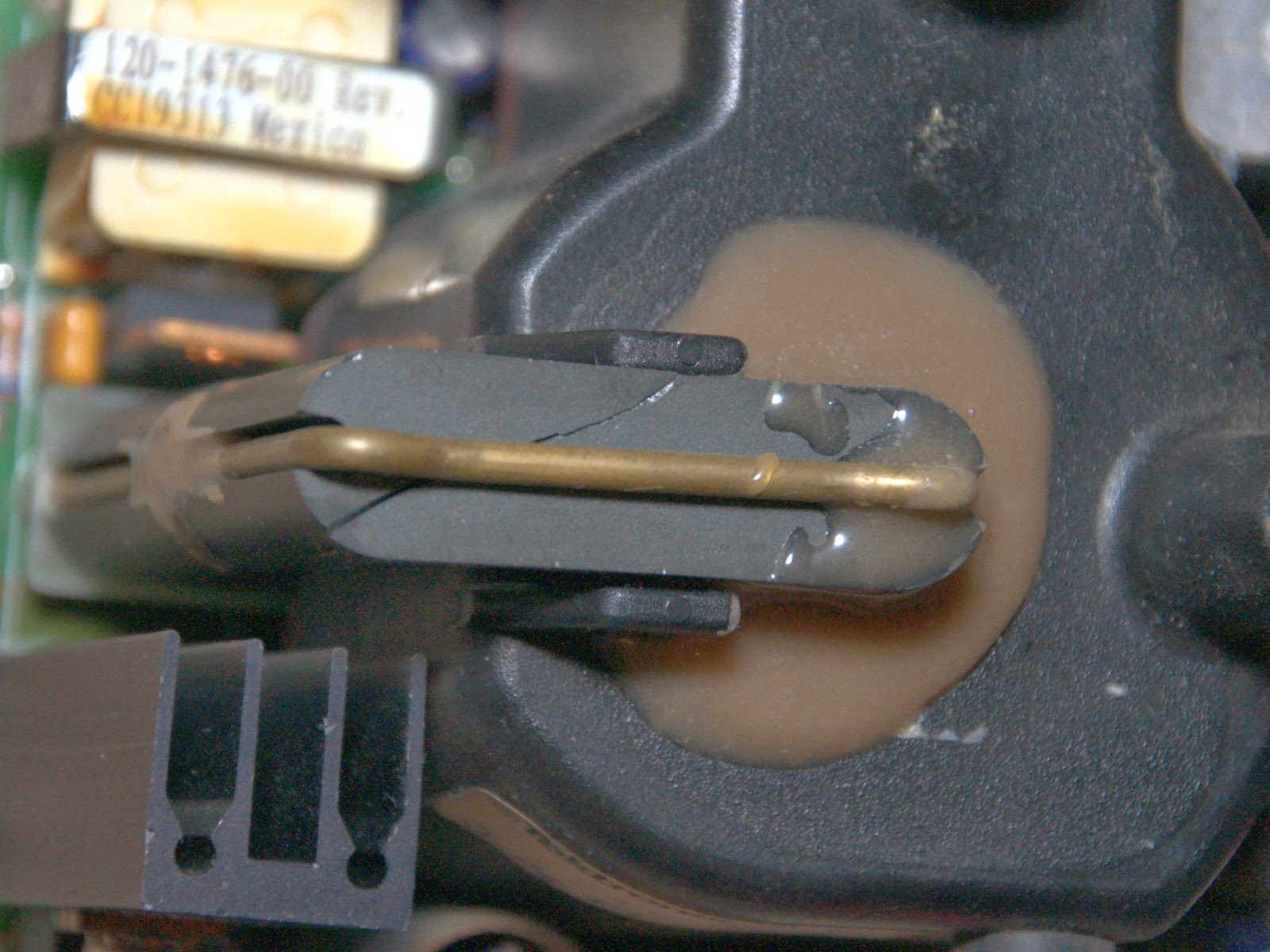It is time to turn my first amplifier board on.
Here is my first test setup:
Don't blame me for the power supply, I just scavenged transformer and capacitors from an old Sony tuner. My main concern at the moment is to test if my amplifier can produce any sound but not a sound quality which will be affected by such a power supply for sure. I will use a switching power supply soon, but I have to find a suitable one first.
It took some time to setup my BeagleBone to play music on MiniDSP USB Streamer. I will post details on that later, when I settle it out. Someone would ask me why not to use Raspberry? At the moment it doesn't support USB 2.0 audio devices well.
MiniDSP USB Streamer might be not the best in a family of USB->I2S converters since it doesn't have dedicated low-jitter clocks but it has 8 I2S channels. I'd like to test what is better - to have crossover on 5548 chip or to have it on BBB. I'll by better converter later if 5548 wins.
So what about the sound?
First pictures from the scope scared me...
Look at this (sorry, my digital scope just died):
Text is not readable on this picture but it shows PWM frequency on the output: ~1.25V at 384kHz.
Tried to switch from AD mode to BD ant got things look even worse:
What a disappointment!
And a good thing: amplifier can easily output 25W RMS for a while without a real heatsink.
What about sound?
It sounds. My junk speaker did its best and I didn't hear any suspicious clicks, pops or any saturation that would be different from the same speaker powered with analog amp.
To test it in a real life I need to take the following steps:
Here is my first test setup:
Don't blame me for the power supply, I just scavenged transformer and capacitors from an old Sony tuner. My main concern at the moment is to test if my amplifier can produce any sound but not a sound quality which will be affected by such a power supply for sure. I will use a switching power supply soon, but I have to find a suitable one first.
It took some time to setup my BeagleBone to play music on MiniDSP USB Streamer. I will post details on that later, when I settle it out. Someone would ask me why not to use Raspberry? At the moment it doesn't support USB 2.0 audio devices well.
MiniDSP USB Streamer might be not the best in a family of USB->I2S converters since it doesn't have dedicated low-jitter clocks but it has 8 I2S channels. I'd like to test what is better - to have crossover on 5548 chip or to have it on BBB. I'll by better converter later if 5548 wins.
So what about the sound?
First pictures from the scope scared me...
Look at this (sorry, my digital scope just died):
Text is not readable on this picture but it shows PWM frequency on the output: ~1.25V at 384kHz.
Tried to switch from AD mode to BD ant got things look even worse:
What a disappointment!
But guys from TI forum told me it is expected and not a big deal. Also I found this video saying it is OK. I need to build a simple RC filter to check it out.
So I connected a junk speaker.... And spirits of electronics let me to hear the sound!
Then I found a couple of things I'm not very happy about:
- Inductors heat up to 50 degrees Celsius even in idle mode (but PWM is on)
- Electrolites heat up to 43 degrees Celsius. This temperature is far from critical but I'm afraid it would shorten capacitors life.
What about sound?
It sounds. My junk speaker did its best and I didn't hear any suspicious clicks, pops or any saturation that would be different from the same speaker powered with analog amp.
To test it in a real life I need to take the following steps:
- assemble more boards (at least one since my speakers are still two-way)
- put them on a real heatsink
- put ceramic capacitors right under electrolytes to reduce ripple current a bit
- calculate biquad coefficients for crossover
- write some python code to initialize TAS5548 with crossover coefficients
- buy a suitable switching power supply with switching frequency far beyond the audio band
still a lot of things to do... Why do people have to sleep?













